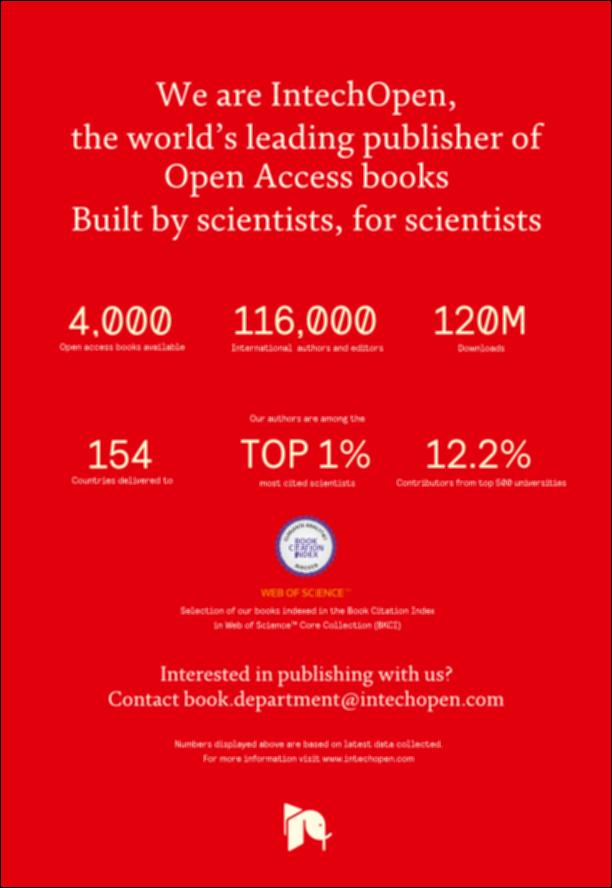Por favor, use este identificador para citar o enlazar este ítem:
http://hdl.handle.net/10637/10477Physiology and metabolic anomalies of dopamine in horses : a review
| Título : | Physiology and metabolic anomalies of dopamine in horses : a review |
| Autor : | Satué Ambrojo, Katiuska Gardon Poggi, Juan Carlos Marcilla Corzano, María |
| Materias: | Caballos - Reproducción.; Dopamine.; Dopamina.; Neurotransmitters.; Horses - Reproduction.; Neurotransmisores. |
| Editorial : | IntechOpen. |
| Citación : | Satué Ambrojo, K., Gardon Poggi, JC. & Marcilla Corzano, M. (2018). Physiology and metabolic anomalies of dopamine in horses : a review. En Yenisetti, Sarat Chandra (eds.). Dopamine : health and disease (pp. 85-109). Londrés (Reino Unido): IntechOpen. DOI: http://dx.doi.org/10.5772/intechopen.78569 |
| Resumen : | Dopamine (DA) is an important endogenous catecholamine that exerts generalized effects on both neuronal (as a neurotransmitter) and non-neuronal tissues (as an autocrine or paracrine agent). In the central nervous system (CNS), DA binds to specific membrane receptors present in neurons and plays a key role in the control of motor activity, learning, cognition, affectivity and attention. Horses can also present with hyper- and hypodopaminergic conditions, including stereotypic behaviors and pituitary pars intermedia dysfunction and Parkinsonian’s syndrome, respectively. DA biosynthesis also occurs in peripheral tissues, and receptors in various organs such as the kidney, pancreas, lungs and blood vessels outside the CNS have been detected. DA emulates the actions related to the sympathetic nervous system (SNS), promoting the increase in heart rate, blood pressure, electrolyte balance and gastrointestinal (GI) motility. In fact, GI alterations in dopaminergic transmission have been directly or indirectly related to hypomotility and/or postoperative ileus (POI). On the other hand, there are physiological factors, such as breed, age, exercise and reproductive status that modify DA concentrations. In reproduction, the administration of DA antagonists in the middle/end of the spring and anestrus transition period advances the first ovulation of the year in mares. This chapter offers a brief description of the importance of DA as a neurotransmitter and peripheral hormone. Special attention is paid to: (1) functional alterations that occur in the brain and GI tract in various diseases and (2) current therapy to correct alterations in DA systems. |
| Descripción : | Este capítulo de monografía se encuentra disponible en la siguiente URL: https://www.intechopen.com/books/dopamine-health-and-disease/physiology-and-metabolic-anomalies-of-dopamine-in-horses-a-review |
| URI : | http://hdl.handle.net/10637/10477 |
| Derechos: | http://creativecommons.org/licenses/by/4.0/deed.es |
| ISBN : | 9781789842708 |
| Fecha de publicación : | 1-ene-2018 |
| Centro : | Universidad Cardenal Herrera-CEU |
| Aparece en las colecciones: | Dpto. Medicina y Cirugía Animal |
Los ítems de DSpace están protegidos por copyright, con todos los derechos reservados, a menos que se indique lo contrario.


